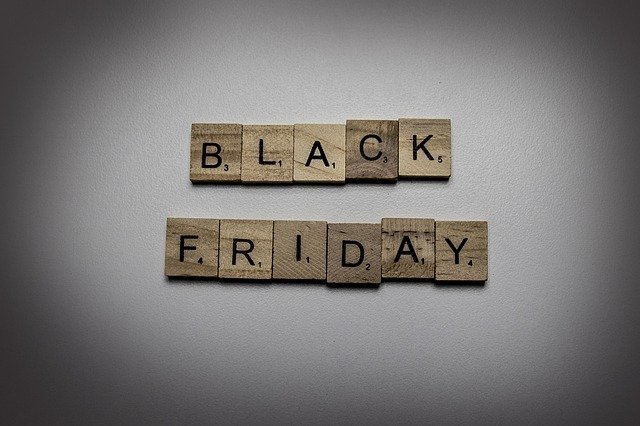Black Friday in the United States under the epidemic: No one queues up, more clerks than customers
No one is in line. The parking lot is empty. There are more clerks than customers in the mall. It’s just a scene in some stores across the United States on Black Friday morning 2020.
Black Friday is the day after Thanksgiving and the first day when Americans start Christmas shopping. On this day, the mall usually opens at 5 a.m. and launches a large number of discounts. Customers who want to rush to buy discounted goods will get up early and go to queue outside the mall.
However, this year’s Black Friday looks very different. The COVID-19 epidemic has worried many consumers about shopping in shopping malls. Some retailers chose to close down on Thanksgiving Day, and Black Friday did not open as early as in previous years. Instead, they chose to transfer more promotional products online so that people can safely buy at home.
Even the CDCP recommends that customers shop online at Black Friday, and if they must risk going to the mall, it also calls on consumers to use the “curbside pickup” service (i.e., the store sends goods to the consumer’s car) or choose open-air shopping. Center, not closed shopping mall.
A survey released by Deloitte last month also showed that nearly 51% of shoppers were anxious about shopping in physical stores during the holiday season, and 64% of the shopper budget was expected to spend online. Experts point out that these changes are not one-time, but may be permanent. These changes include:
- Black Friday starts early in October: the Black Five promotions, which are usually reserved only for physical stores, began online a month ago. After this year, it may become the norm to start promotions early. Who says that buying gifts can only start after Thanksgiving?
- More “lazy people pick up”: According to Deloitte’s survey, 27% of the respondents said that they would use lazy people to pick up goods this holiday shopping season, compared with 11% last year. Adobe Analytics, an online data analysis, pointed out that the number of orders achieved through lazy pick-up this week more than doubled compared with the same period last year.
- Free Shipping: Even before the pandemic began, many began to consider free shipping a standard. And as online shopping becomes more and more convenient, coupled with Amazon’s Amazon Prime effect, this trend will only become more and more popular.
However, this does not mean that retail stores have given up Black Friday. Best Buy, still like the Black Five, opened at 5 a.m., but shoppers are required to wear masks. At Walmart, the clerk will instruct customers to line up at the entrance to collect the clean and disinfected shopping cart.
On Thanksgiving Day, the number of new coronavirus cases in the United States exceeded 100,000 for the 24th consecutive day. The number of coronavirus patients in American hospitals broke a new high for 17 consecutive days, and many hospitals warned that they were close to the maximum capacity.
However, despite the epidemic, the National Retail Foundation still predicts that holiday sales in the United States will increase by 3.6% to 5.2% in November and December compared with the same period in 2019, with total sales of $755.3 billion. Between 766.7 billion US dollars.
“Consumers have shown excitement about the holiday. After such a challenging year, they are willing to spend some money on gifts to please their families and friends,” said Matthew Shay, president of the foundation. “We expect this holiday shopping season to perform strongly. Strong.”
Online spending on Thanksgiving grew nearly 22 percent year-over-year to $5.1 billion, a record high, according to Adobe Analytics.



